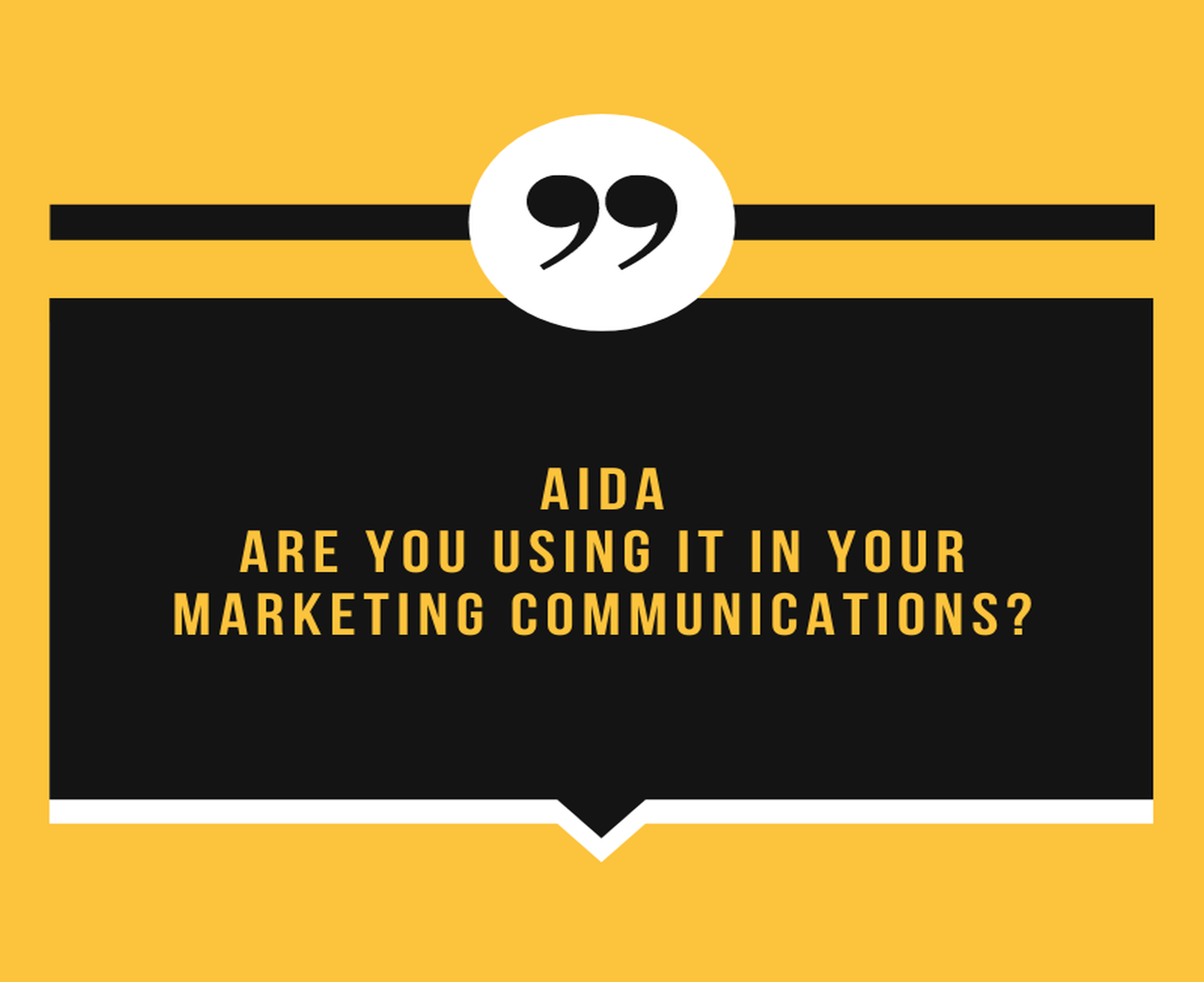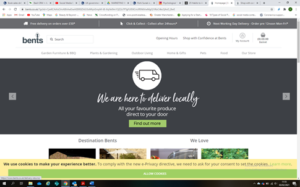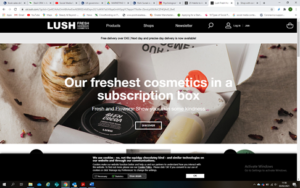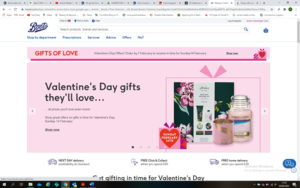Why You Need AIDA in Your Business
AIDA – Is Your Business Using It?
AIDA is a long standing marketing model that is used by businesses to track the customer journey from awareness of your products and services through to purchase that is also replicated in marketing communications. It is an acronym that stands for Attention, Interest, Desire and Action. This blog highlights why you need AIDA as part of your marketing communications strategy.
In the context of planning a communications strategy, this structural format should be followed when putting together blogs, advertisements, web pages, flyers, posters.
Attention – Decide who the copy is aimed at and what their most pressing problem will be (the reason they need your product or service). Write an attention-grabbing headline that shows empathy to the target audience, make use of questions and statistics. Make the headline around 5 or 6 words and use a sub headline underneath.
Interest – Start to persuade and build your story – describe how your product or service offers benefits to solve the problem identified in the headline. Use language that can persuade and entertain.
Desire – Demonstrate how your product or service is going to solve their problem, what you can do above competitors to make the purchase easy and what customer service they can expect. Use testimonials, case studies, reviews to demonstrate how happy other customers have been, create a sense of belonging or a feeling of missing out if they don’t purchase your product. The key here is ‘show’ not ‘tell’.
Action – Call To Action – this is an instruction to act on the above information that will take prospects further towards purchase. ‘Sign up for newsletter’ or ‘Download free brochure’.
Consider your buyer journey – Awareness, Interest, Desire and Action – bear in mind that at first your potential customers are only aware they want to buy the product or service that you sell, but at the early stages they will not have decided WHO they are buying it from. Therefore the role of your advertising is to grab their attention while they know they want what you sell, then persuade them to look closer at you as a contender. It is like an audition, you are in the mix with many others, but your messages through advertising will be what determines getting down to the final 2 or 3. If you follow the AIDA structure for your communications you are more likely to engage your audience and get them to make contact with you.
Click on this AIDA example to see how you can lay out your advertising, blog or web page.
Thank you
For taking the time to read our blogs. Positive Sales and Marketing is a small business in the North West of England passionate about educating the UK hospitality and freelance artist sector on understanding their marketing.
We offer training and education to enable businesses to take control of their own destiny rather than blindly relying on agencies. We can also offer transparent website design services and copywriting should this be taking up too much of your time.
We work with clients all over the UK and also operate directories for the holiday accommodation sector.
We would love to hear from you, give us a call on 01257 433331 or 01744 670055 or email Caroline@positivesalesandmarketing.co.uk
You can also find us on Twitter @Psalesmarketing or Instagram possalesmarketing please follow us to read our blogs or receive daily inspiration.




